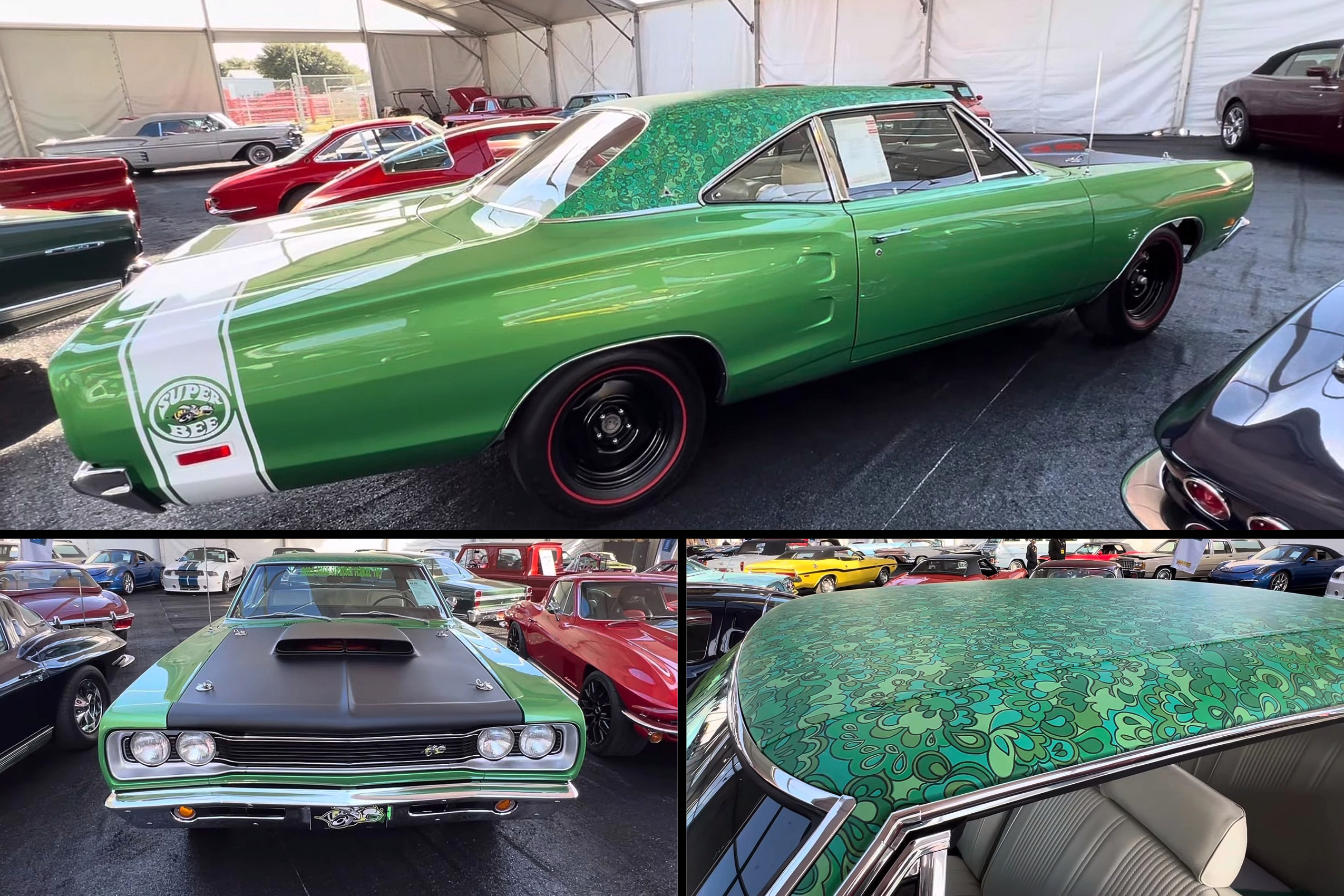In 1968, Chrysler introduced a pair of entry-level muscle cars. Both were based on the bread-and-butter Dodge Coronet and Plymouth Belvedere nameplates. I’m obviously talking about the Super Bee and the Road Runner, which were essentially stripped-off versions of the Charger and GTX, respectively.
The Road Runner was the more popular of the two, outselling the Super Bee by a ratio of 3.1 to one from 1968 through 1971. More specifically, the Road Runner moved nearly 176,000 units, while the Super Bee found 56,202 homes. Unsurprisingly, the Super Bee was discontinued in 1971, while the Road Runner remained in production through 1974.
Just like the Road Runner, the Super Bee had its best-selling year in 1969. That’s when Dodge sold nearly half of all Super Bee examples at 27,800 units. This technically means that the 1969 Super Bee is a common classic, but it actually depends on specifications. When it comes to specs, a couple of versions are rare.
The HEMI Super Bee is arguably the scarcest because Dodge sold only 166 examples. Next up, we have the A12 version, which is equipped with the 3×2-barrel 440-cubic-inch (7.2-liter) V8. Only 1,907 Six-Pack cars left the assembly line that year. But here’s the cool thing about classic cars: certain options can turn a somewhat familiar rig into a one-of-one gem.
The Bright Green Poly example you see here is one of those cars. Fitted with a 440 Six-Pack, this Super Bee is notably rarer than the average A12. For starters, it’s a four-speed coupe, which makes it one of only 267 built exactly like this. However, this Super Bee is also the only A12 known to have been equipped with a factory green Mod Top option.

If you’re unfamiliar with this feature, the Mod Top was essentially a vinyl top with a colored, floral pattern. It was introduced in 1969 as part of a campaign to attract a younger audience and more women into dealerships. Chrysler also offered a matching pattern for the seats.
The Mod Top option was available in various colors and usually matched the car’s paint scheme. Because Chrysler didn’t find a way to prevent the material from fading prematurely, the vinyl was manufactured by a company specialized in picnic tablecloths and shower curtains.
Even though it was only $12.45 more expensive than the regular vinyl top (about $100 in 2024), the Mod Top didn’t catch on. The option was discontinued in 1970 after Dodge and Plymouth sold fewer than 3,000 floral top cars combined. These wild-looking roofs found their way on the Barracuda, Satellite, Dart, Coronet, and Super Bee.
In addition to being a unique rig from the golden muscle car era, this 1969 Super Bee is also a finely restored Mopar. And while it doesn’t have the Mod interior in addition to the top, it sports a desirable green-over-white color combo. How valuable is such a rare car like this, you ask?
Well, the Super Bee just crossed the auction block at Kissimmee 2024, fetching more than a quarter-million bucks.
